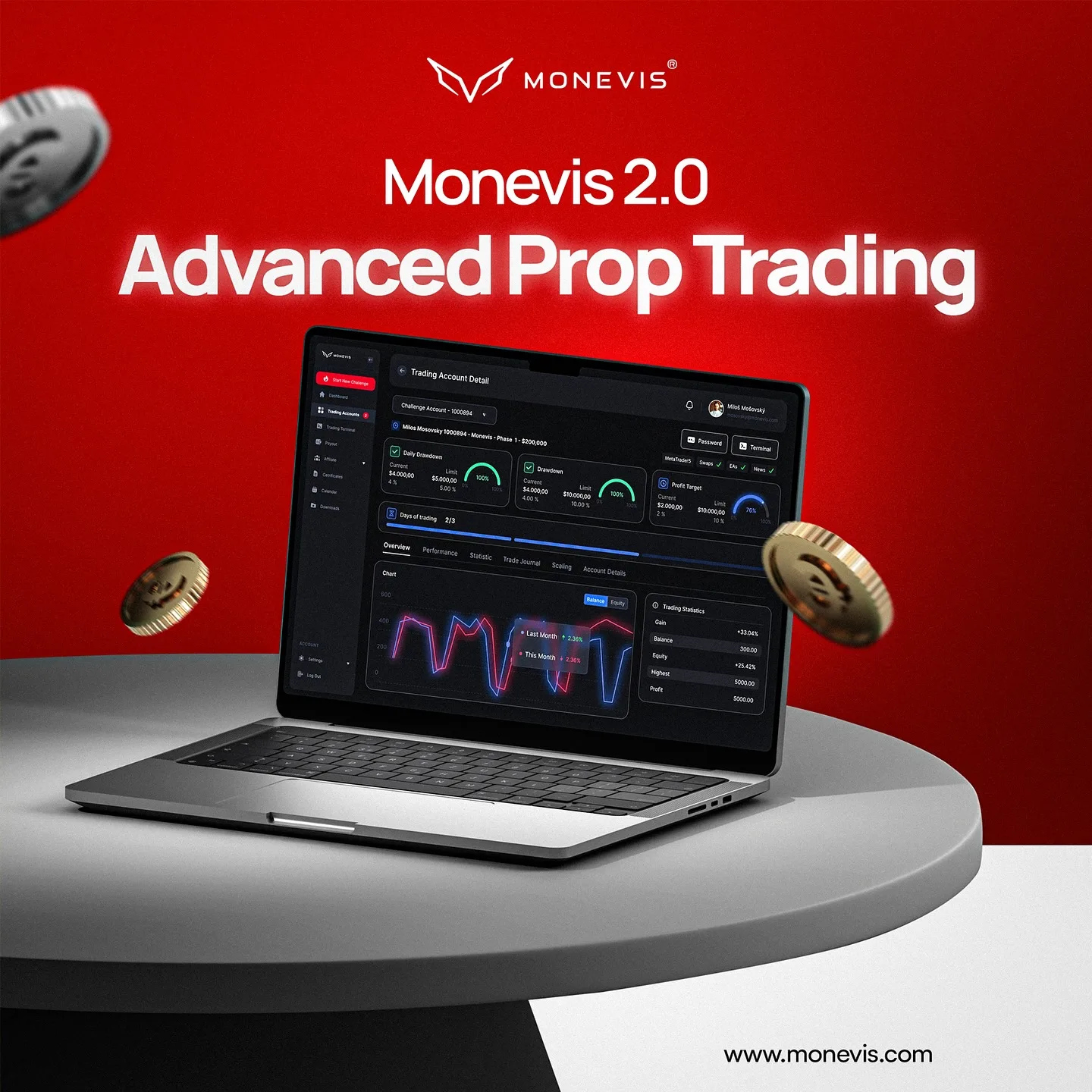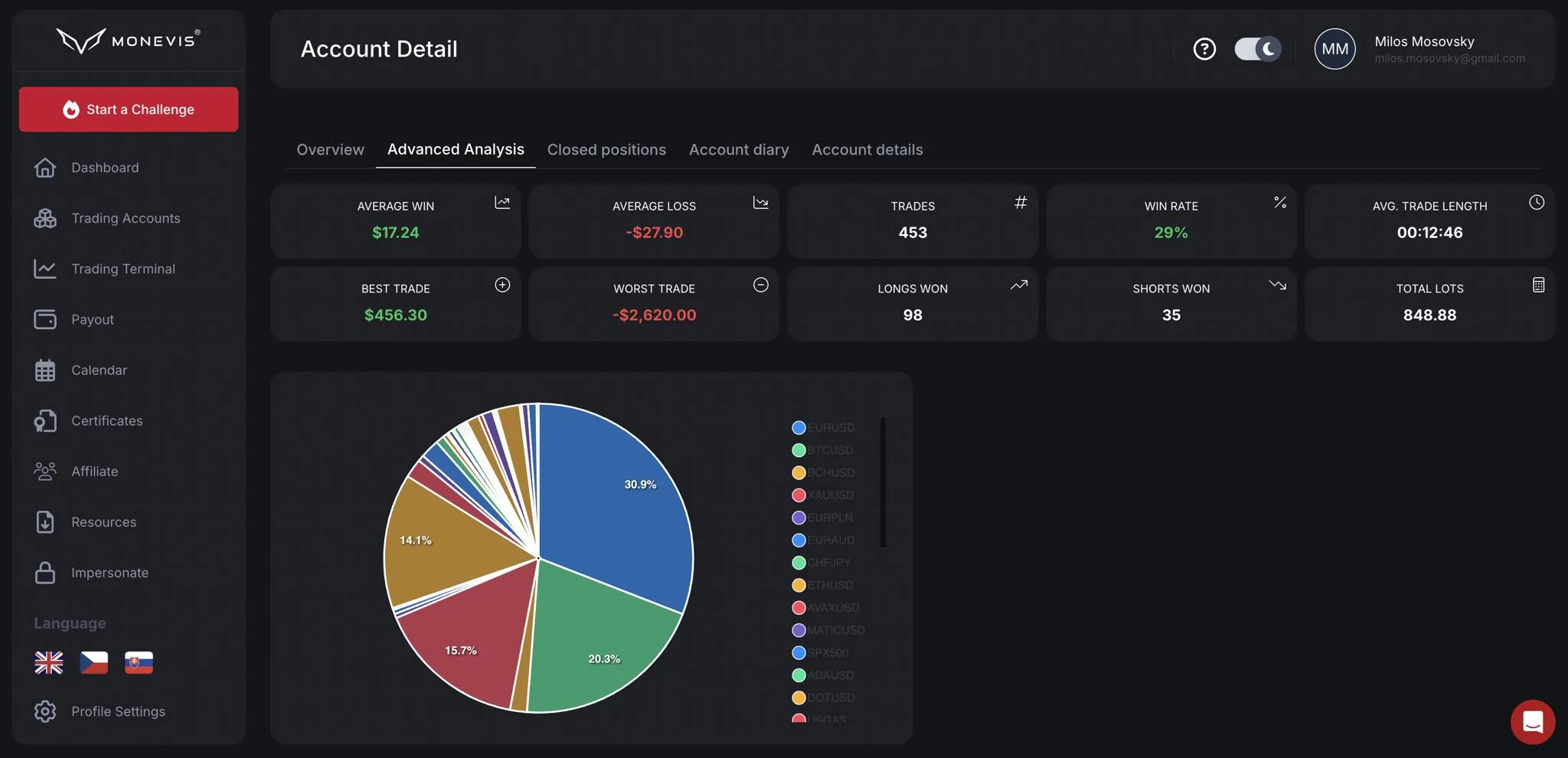HOT TIP: Unleash your trading potential with Monevis®

Understanding the Importance of Trading Technology in the Modern Financial World
The advent of technology has dramatically transformed the trading world, from the way trades are executed to the speed at which transactions happen. Today’s investment landscape is dominated by high-frequency trading, complex algorithms, and cutting-edge software. This article delves into the world of trading technology, its benefits, and how it shapes the financial market.
Introduction to Trading Technology
Trading technology refers to the use of software, systems, and digital platforms utilized to execute financial trades. These technologies include electronic trading platforms, algorithmic trading software, and high-frequency trading systems. They offer a faster and more efficient means to carry out trading activities compared to traditional methods.
In the past, trading involved physical exchange floors where traders shouted orders and signals across the room. However, the rise of electronic trading systems has made these exchanges virtually obsolete. Today, trades are conducted at light speed, opening up the market to new entrants and changing the dynamics of investing.
Electronic Trading Platforms
The electronic trading platform is one of the most ubiquitous forms of trading technology. It is an online system where investors can open, close, and manage market positions through a financial intermediary. The platforms provide access to a range of markets, including stocks, commodities, and forex. They offer real-time quotes, charting tools, trade execution, and advanced order types.
Platforms such as MetaTrader 4 and 5, cTrader, and NinjaTrader are popular among retail traders for their user-friendly interface, technical analysis tools, and automated trading capabilities. These platforms have democratized trading, making it accessible to the average investor.
The Rise of Algorithmic Trading
Algorithmic trading, also known as algo-trading or black-box trading, involves the use of complex algorithms to execute trades at high speeds. The algorithms are designed to make trading decisions based on predefined parameters such as price, volume, and timing.
Algorithmic trading systems scan the markets for trading opportunities, execute trades, and manage risk without human intervention. This approach minimizes the impact of human emotion on trading decisions, leading to more disciplined and efficient trading. Moreover, they can process vast amounts of data and execute trades in microseconds, a feat impossible for human traders.
High-Frequency Trading (HFT)
High-frequency trading (HFT) is a type of algo-trading characterized by high-speed trade execution, high turnover rates, and high order-to-trade ratios. High-frequency traders use powerful computers to transact millions of trades in fractions of a second.
HFT has become a contentious issue in the financial world due to its potential to create systemic risks. However, it also contributes to market liquidity and reduces bid-ask spreads, which can benefit retail traders.
The Impact of Trading Technology on the Financial Markets
Trading technology has had a profound impact on financial markets. It has increased market efficiency by lowering transaction costs and increasing liquidity. High-speed trading has turned the investment world into a 24/7 operation, where opportunities can present at any time and from anywhere.
Moreover, technology has leveled the playing field, enabling retail traders to compete with institutional investors. Advanced trading tools, once the preserve of large financial institutions, are now accessible to individual traders at an affordable cost.
Future of Trading Technology
Technology continues to revolutionize the trading industry. Artificial intelligence (AI) and machine learning are being incorporated into trading systems to predict market movements and generate trading signals. Blockchain technology is also making inroads into the financial sector, with potential applications in clearing and settlement systems.
In the future, we can expect further integration of technology into trading. Virtual reality trading, where traders can analyze and interact with market data in a 3D environment, is one possibility. Regardless of the direction it takes, it’s clear that technology will continue to reshape the trading landscape.
Conclusion
Trading technology has transformed the financial markets, making them more accessible, efficient, and dynamic. While these developments present new opportunities, they also come with risks. As such, it is essential for traders to understand how these technologies work and their potential impact on the market. By staying informed and adapting to changes, traders can leverage technology to enhance their trading performance and achieve their investment goals.
HOT TIP: Unleash your trading potential with Monevis®
